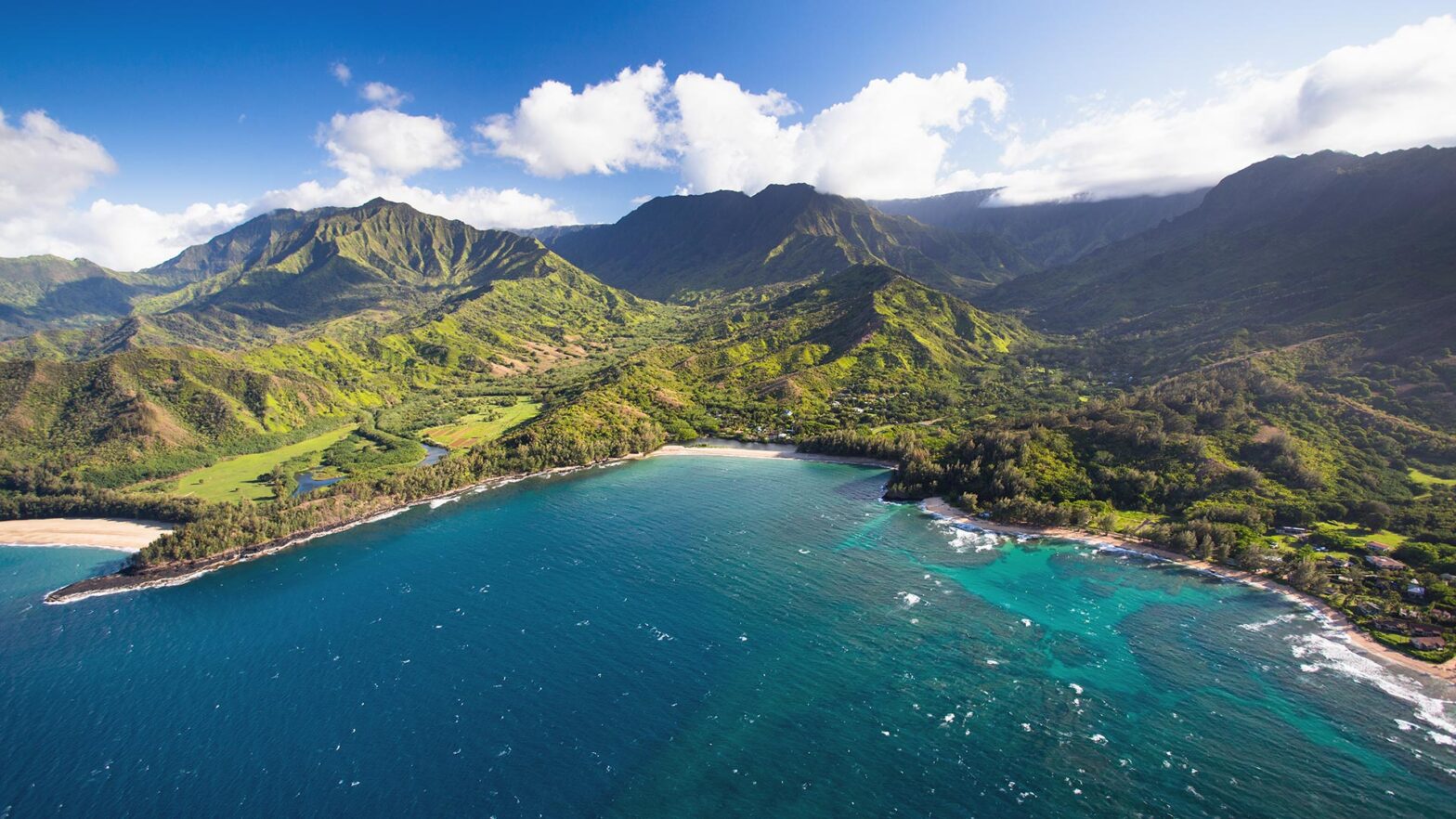Hawaii became the first state to require real estate sellers to disclose to potential buyers if their property is threatened by sea-level rise
Years ago Maui real estate agent Keone Ball represented a homeowner in the sale of a property that showed up on the county tax map as the second lot back from the sea.
But when he showed up to view the Paukukalo property in person, the house didn’t look right. He walked around until he found the correct house nearby, ensconced directly on the oceanfront.
Puzzled, Ball asked the owner, “There’s supposed to be a house in between yours and the ocean, right?”
“Yeah,” the seller replied. “It’s been underwater for decades.”
It’s a devastating scenario that’s projected to become increasingly common as Hawaii confronts the intensifying effects of climate change.
As scientists warn of a merciless rise in sea level that could render more than 25,000 acres of statewide land uninhabitable this century, Hawaii home shoppers are gaining a new tool to help them analyze coastal hazards when exploring real estate.
On Monday, Hawaii became the first state to enact a law requiring real estate sellers to disclose in property transactions whether their land lies in an area susceptible to impacts from a projected 3.2-foot increase in sea level. Many real estate agents already warn prospective buyers about coastal climate hazards that could affect a property, but the new disclosure makes it mandatory and defines which properties are expected to be destroyed or damaged by sea-level rise.
The 2017 Hawaii Sea Level Rise Vulnerability and Adaptation Report maps out this danger zone and concludes that rising seas threaten to generate $19 billion in property losses and displace 20,000 residents, possibly as soon as 2060.
But these dire predictions have so far done little to dampen a feverish demand for Hawaii coastal real estate. And many real estate agents doubt that the new disclosure will do much to change the behavior of home buyers and sellers amid other more visible market forces.
“What’s the market value of a house that’s about to fall in the ocean?” said Chip Fletcher, a climate expert
“What’s the market value of a house that’s about to fall in the ocean?” said University of Hawaii climate change expert Chip Fletcher, interim dean at the University of Hawaii’s School of Ocean and Earth Science and Technology. “Every beachfront house will eventually fall into the ocean, yet they’re still selling for $10 million.”
More than coastal hazards, Big Island real estate broker Beth Thoma Robinson said the stock market slump, roaring inflation and rising interest rates are more likely factors to influence an oceanfront homeowner’s decision to sell these days.
“Those are the only things that are generating a sense of urgency — if you can even find somebody who wants to sell today at all,” she said. “The biggest problem right now is we really don’t have enough of those (coastal) properties for sale to keep up with demand, which is why prices are sky high. Looking ahead I see no slowdown in oceanfront sales at all or any diminution of price.”
For people already inclined to consider the risks of coastal hazards when searching for a new house, Robinson said the sea level rise disclosure could prove helpful as it offers a way to visualize and quantify the effects of a changing climate.
But for those who view sea level rise with disbelief or consider it a future risk unlikely to manifest in their lifetime, she said the new disclosure probably won’t have much of an influence on their psyche.
“Ten years ago I had clients saying they didn’t want to buy anything below 200 feet above sea level because they were thinking of this as a multigenerational house and they didn’t want their grandchildren or great-grandchildren to have to deal with sea level rise,” Robinson said. “‘I love Puako, but I won’t buy there,’ is literally something someone has said to me. But on the other side of the fence you’ve got people still thinking of this as such a far-off, hypothetical thing.”
With clients contemplating the purchase of oceanfront property, Maui real estate agent Michele Muir White said she asks point blank whether they really want to invest in a home that will inevitably succumb to the sea.
Most people aren’t swayed. Among those she’s failed to influence to shop for property on higher ground is her 83-year-old mother, who owns a modest oceanfront home in Spreckelsville and refuses to sell.
“I said, ‘Why don’t you move up to where you can look down at the pretty view?’” White said. “And my mom always just says, ‘No, I always dreamed of being right on the ocean and I’m not going to leave’ — even though her daughter’s a realtor and knows a thing or two. I used to really press it but I gave up after awhile.”
Maui real estate agent Bob Cella said he thinks the disclosure, coupled with other new regulations on waterfront construction, stand to hurt oceanfront property owners. The combined effect could also have broader negative effects on the local economy, he said.
“Do I think you should build really close to the ocean? No.” Cella said. “Do I think we have issues with erosion? Yeah. But I have mixed emotions. I don’t think you should render a property useless, said Cella.
This story is by Brittany Lyte, originally published at Civil Beat on 03 May 2022, reposted via PACNEWS.



